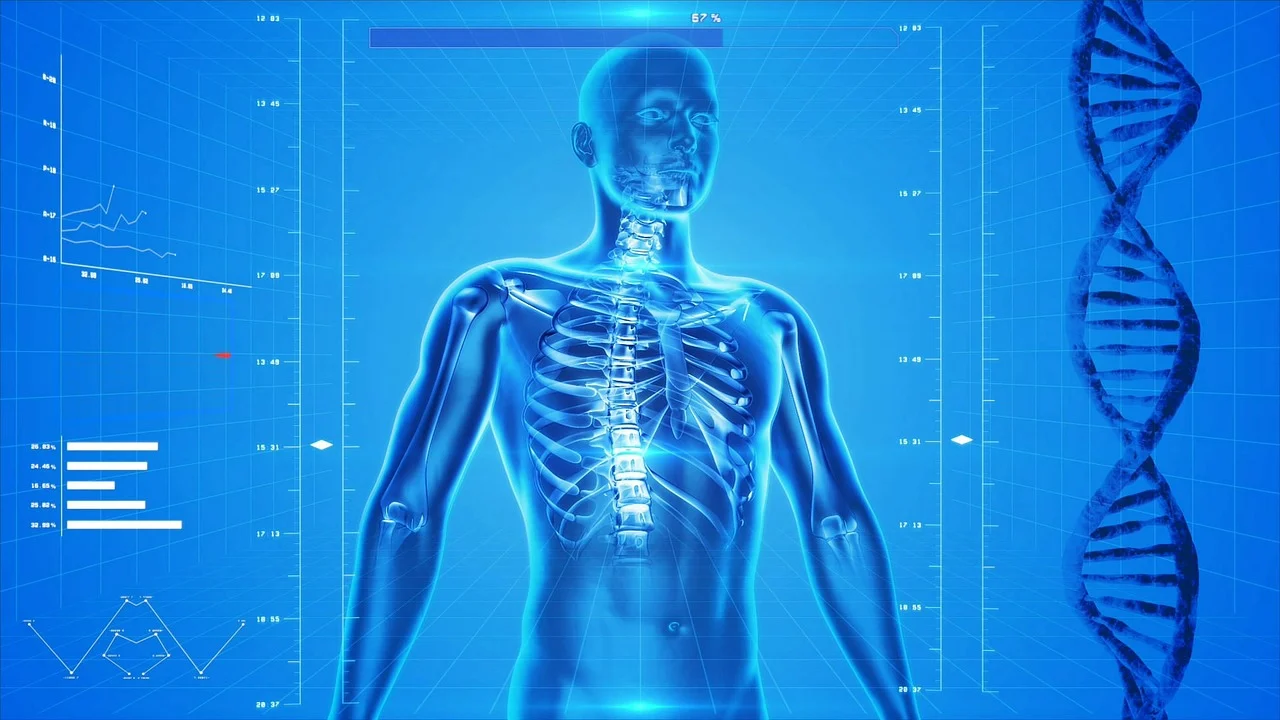Technology is everywhere, including wearable gadgets that track steps, heart rate, blood pressure, and more for health maintenance. However, these wearables aren’t yet advanced enough to directly impact metabolism or effectively manage certain illnesses.
But now a shift in the trend is possible due to an ETH Zurich, Switzerland experiment.
The research provides the crucial breakthrough, often referred to as the “missing link” enabling the development of wearable devices to perform gene or cell therapy for treating human diseases.
The system, dubbed ‘direct current (DC)-actuated regulation technology’ (DART), enables communication between electronic and biological systems that had been ‘largely incompatible’ before.
Here’s how the process operates:
The researchers created a simple system using WHO-approved and FDA-licensed acupuncture needle electrodes to deliver modest life-saving jolts. Their DART system delivers a 10-second, 4.5-volt DC current once a day, prompting insulin production to regulate blood sugar levels for diabetics.
The battery-powered DART interface splits tiny amounts of water inside human cells into highly electrically charged ions, aided by oxygen from H2O.
The researchers demonstrated the DART system’s capability to trigger insulin-producing gene-based treatments in human embryonic kidney cells, human stem cells, and different laboratory rodent models.
They anticipate that their DART system will establish the groundwork for wearable devices that can regulate gene expression through electro-control.







